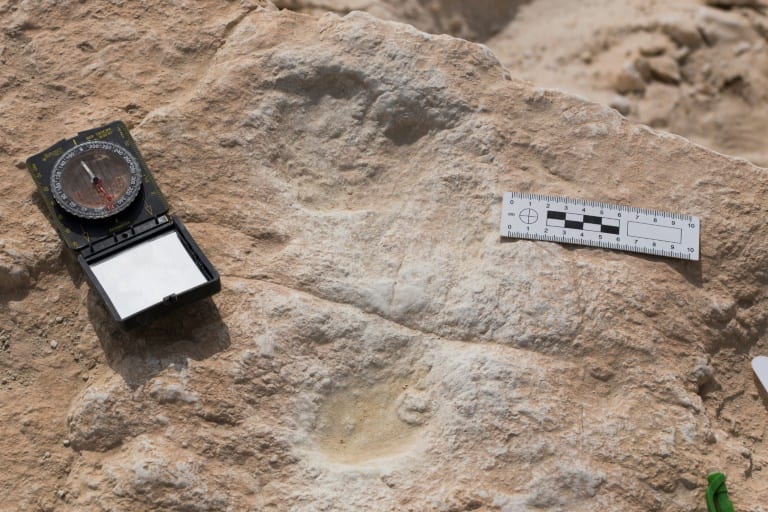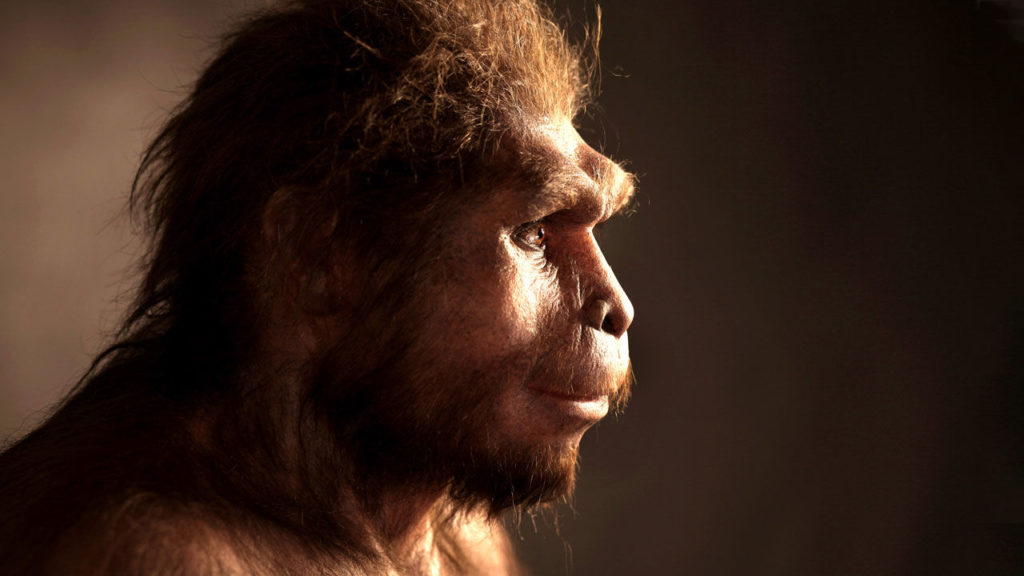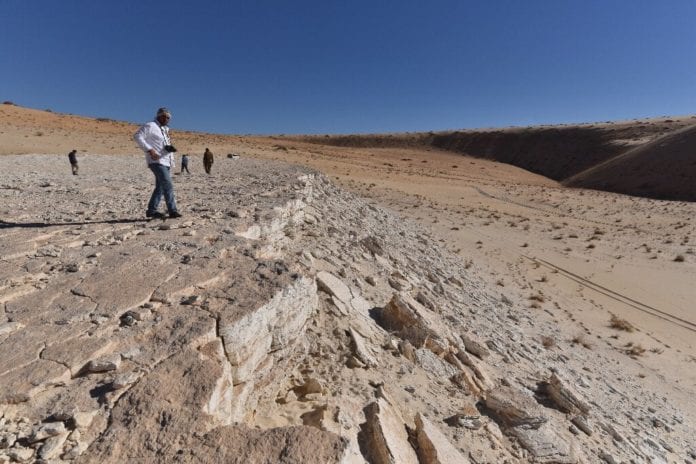Human evolutions have taken us through almost every part of the world. It is reasonable to think that as modern humans were evolving, the urge to explore and expand was also taking hold of us as a species. This is evident by the fact that these are the defining traits of our species today. Starting from the African plains, our ancestors have had to cover large distances to be able to settle down in the places that they have. This means that the signs of early humans can be found almost everywhere.
In a discovery in northern Saudi Arabia, researchers think that a band of Homo Sapiens stopped to drink at a lake. This ancient lake must have been a favourite place for the local animals, as the humans seem to have hunted some large mammals in the area. All this took place around 120,000 years ago. All the details provided here were reconstructed by the researchers who discovered ancient human and animal footprints. The area is now called Nefud Desert, and it might provide us with a big clue as to what routes our ancestors took out of Africa.

The life-less and unforgiving conditions of the Arabian Peninsula were not always like this. Researchers think that in a period known as the last interglacial, the area would have experienced much greener and humid conditions. The Peninsula of today makes it impossible to think of a time when it would have been bustling with life. The deserts that we see today were grasslands back then, and the Peninsula must have had freshwater lakes and rivers. The initial discovery of the footprints was made in 2017.
The footprints were dated using a technique known as optically stimulated luminescence. The method involves exposing quartz grains to light and measuring how much energy they emit. The researchers have found hundreds of footprints in the area and identified seven of them from humans. Four out of the seven prints have a certain orientation that indicates that it was a band of humans who were travelling together. The lack of stone tools in the area indicates that there was no permanent settlement there. The purpose of these visits is thought to be for the collection of food and water.

The researchers also discovered some 233 fossils in the area. This indicates a large presence of animals, both herbivore and carnivore, in the area. The large animals that came to the area might have been a good source of food for the carnivores, which might have made this lake a very busy place. The discovery of these prints just goes to show that human evolution was a continuous process and that we might keep finding such intermediate proofs as time goes on.
Further Reading:


